PAN AM AIRWAYS HISTORY
Pan American World Airways
Become familiar with story of this one-of-a-kind airline
Die Pan American World Airways haben Geschichte geschrieben. Es ist die Geschichte einer ganzen Ära. Ihr Vermächtnis ist wie ein Traum aus der Vergangenheit, der in der Zukunft weiterlebt.
The initial launch of the biggest airline of its time is on 19 October 1927. A propeller-driven Fairchild FC-2 hydroplane takes off in Key West, Florida and lands in Havana, Cuba. A three-day celebration ensues at the renowned El Floridita Bar to crown the historic event. The pioneering spirit and great ingenuity of the young enterprise make for swift development and facilitate the airline’s rapid expansion over the next few years. By 1939, Pan Am has become the first airline ever to cross the Pacific Ocean and the first to offer passenger service to Europe.
Vision and responsibility
1939
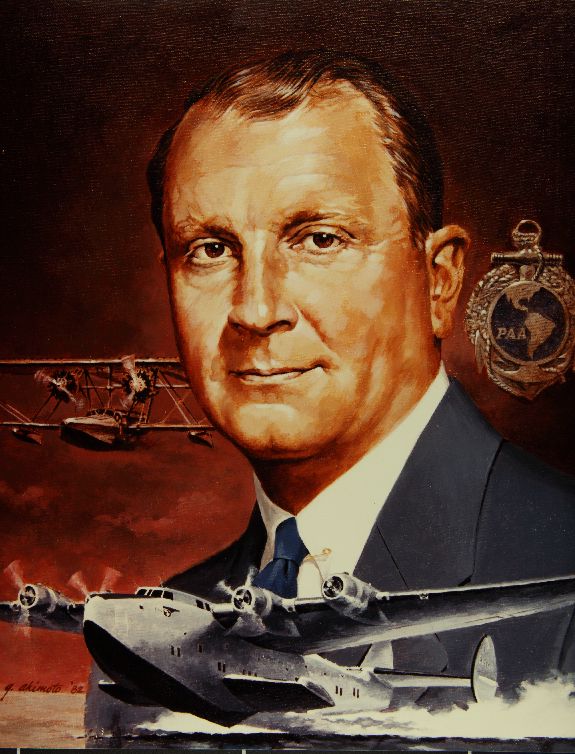
1939 is also the year in which the first countries joined as the Allied Forces in the effort to defeat Germany in what would be the Second World War. As of 1941, Pan American Airways are no longer operating as merely a civilian airline. With its readiness to action, technical know-how and geographical savvy, Pan Am serves its nation up through 1945 and beyond in numerous harrowing wartime missions across the globe. Often risking their lives, Pan Am crews fly some 90 million miles together in efforts to evacuate wounded soldiers and civilians as well as transport military freight.
Just two years after the end of the war in 1947, Pan Am has not only recontinued normal operations but also now offers the very first round-the-globe service. The ideological driving force underlying this venture is the aim of advancing trade relations and thereby accelerating scientific progress and cultural cooperation between nations of the world to ensure the emergence of a better future, as stated by Juan Trippe, founder of the great airline.
1947
Just two years after the end of the war in 1947, Pan Am has not only recontinued normal operations but also now offers the very first round-the-globe service. The ideological driving force underlying this venture is the aim of advancing trade relations and thereby accelerating scientific progress and cultural cooperation between nations of the world to ensure the emergence of a better future, as stated by Juan Trippe, founder of the great airline.
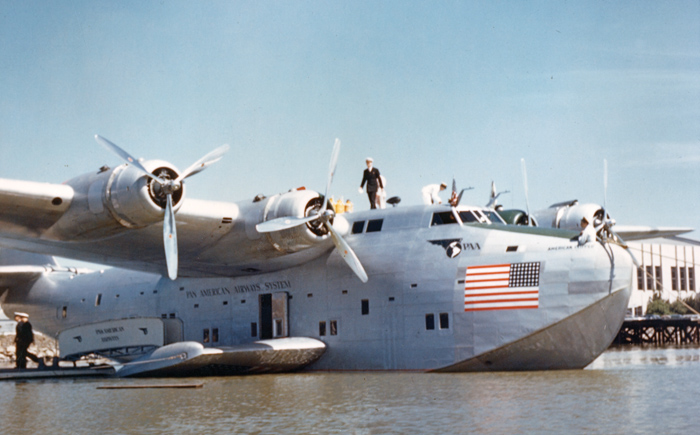
1948
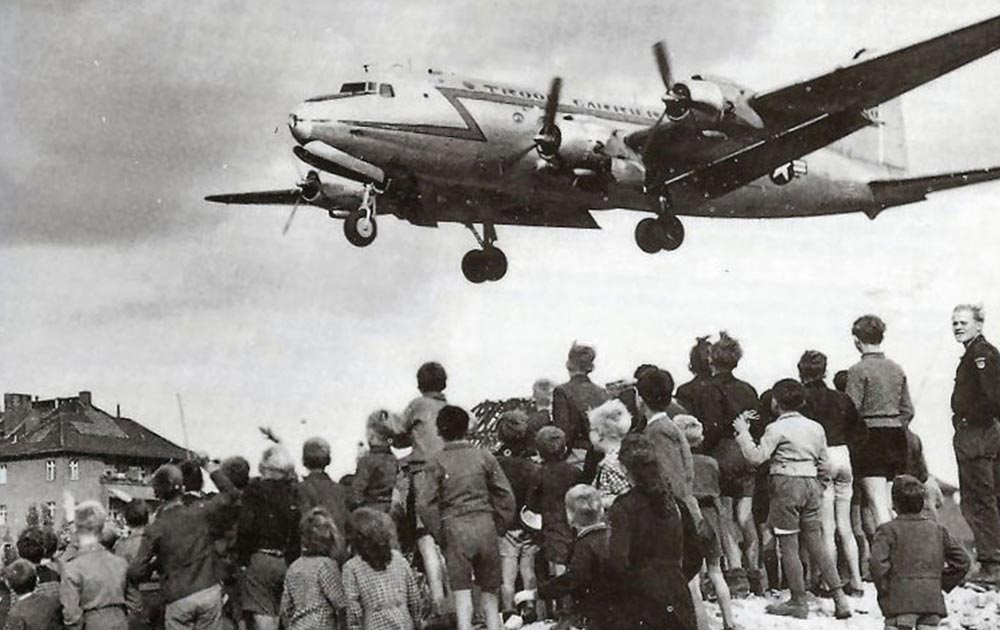
Perhaps the most renowned of the airline’s post-war engagements is the famed Berlin Airlift of 1948, during which Pan Am assisted the US Airforce in transporting thousands of tons of food, clothing and fuel into the Western Sector of the divided city and succeeded in preventing the Soviet takeover of the entire former capital, thus securing West Berlin for the free world until the eventual fall of the Berlin Wall and the final dissolution of the Eastern Bloc.
On it's way to the Top
With the build-up of a giant fleet through its purchase of 95 jet planes in the 1950s, Pan Am becomes the uncontested worldwide leader of the airways. Humankind begins to shoot for the stars, NASA is founded, and America envisions sending the first satellites into orbit in just a few years’ time. Jet engines replace the old propellers, and a new era marked by mobility and an ever-increasing speed of travel is inaugurated – the Jet Set Age. Pan Am will remain an important forerunner and the dominant airline across the globe for the next two decades. Alongside normal service, the airline will continue to engage in numerous military operations, including the evacuation of military personnel from Vietnam at the end of the war. Pan Am has thus, to its employees and many others, always been more than merely an employer or just an airline. Those who have worked for it over the years have always felt strongly tied to the values and aims for which the Pan Am name stands.
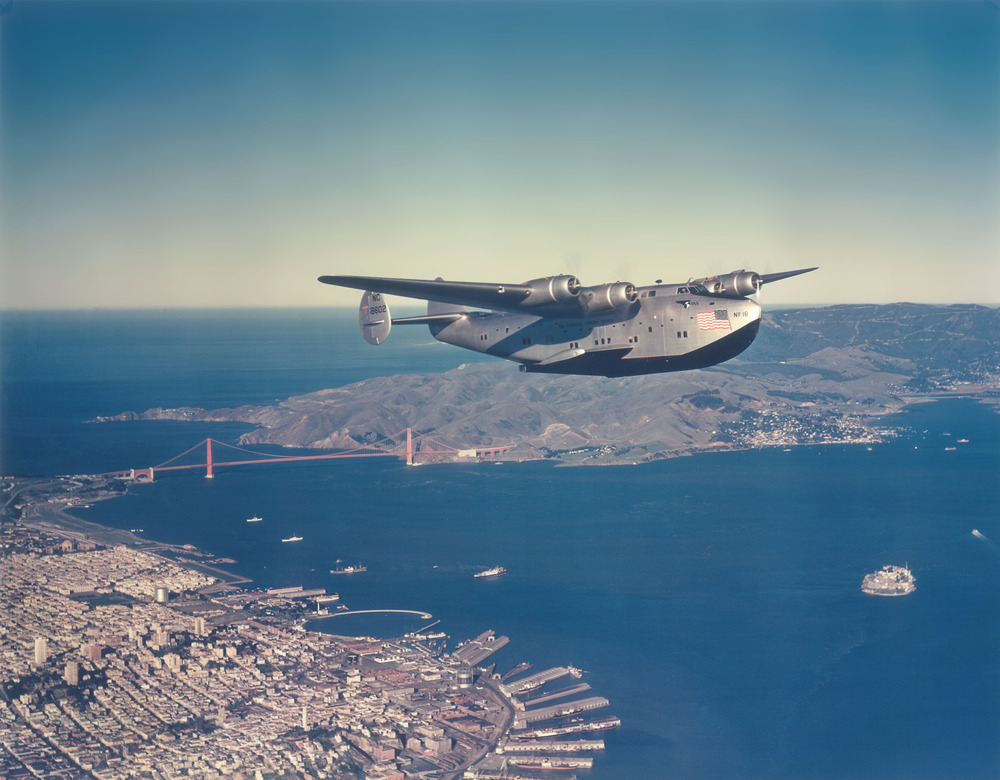
A time for everything
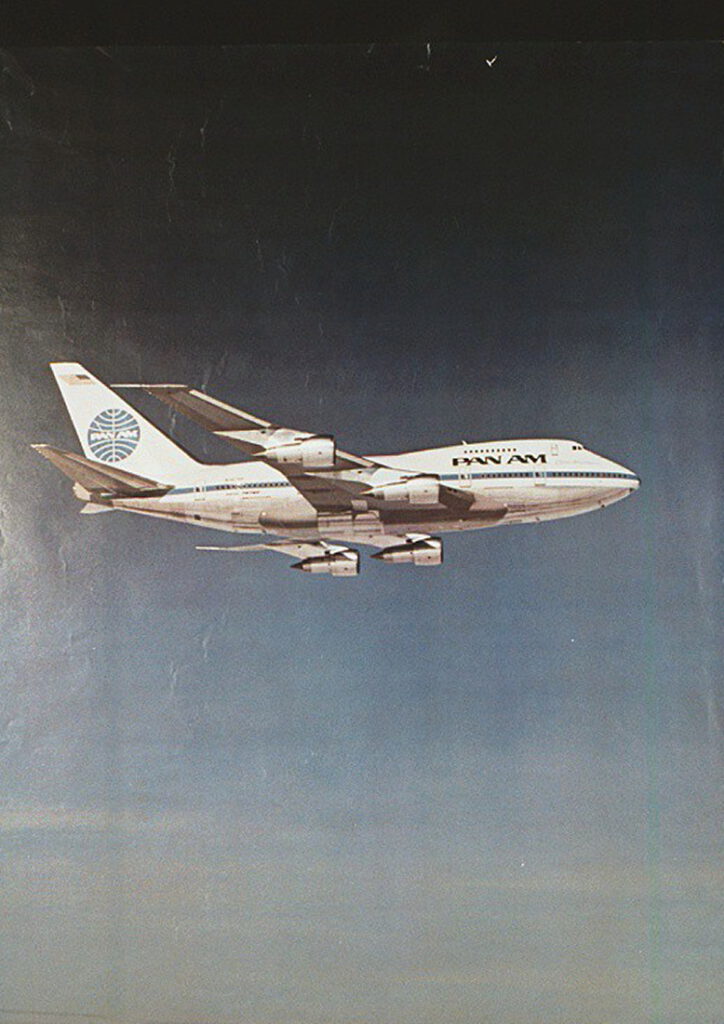
Taken together, an economy in recession and the enormous increase in the cost of fuel precipitated by the outbreak of the Persian Gulf War at the beginning of the 1990s mean trouble for the airline. Disaster is finally spelled by the terrorist bombing of Pan Am flight 103, which would go down in history as the Lockerbie Bombing. Declaring bankruptcy, Pan American World Airways is forced to close its cabin doors forever on 8 January 1991.
Captain Mike S. Pyle, the pilot of the last Pan Am flight to grace the skies is solemnly aware of how not only an airline but rather an entire era has come to a close: “Pulling up and turning downwind for final approach and landing, I looked at the beautiful Miami Airport and the city it serves. We all realized this would be the last time. Again, the finality of the moment slammed my senses. Our wheels touched for the last time in a Pan American aircraft – the last time for a scheduled revenue flight of any kind for this historic airline. `{`…`}` Pan Am had not been just a part of history, it had made history for all of its 64 years.”



